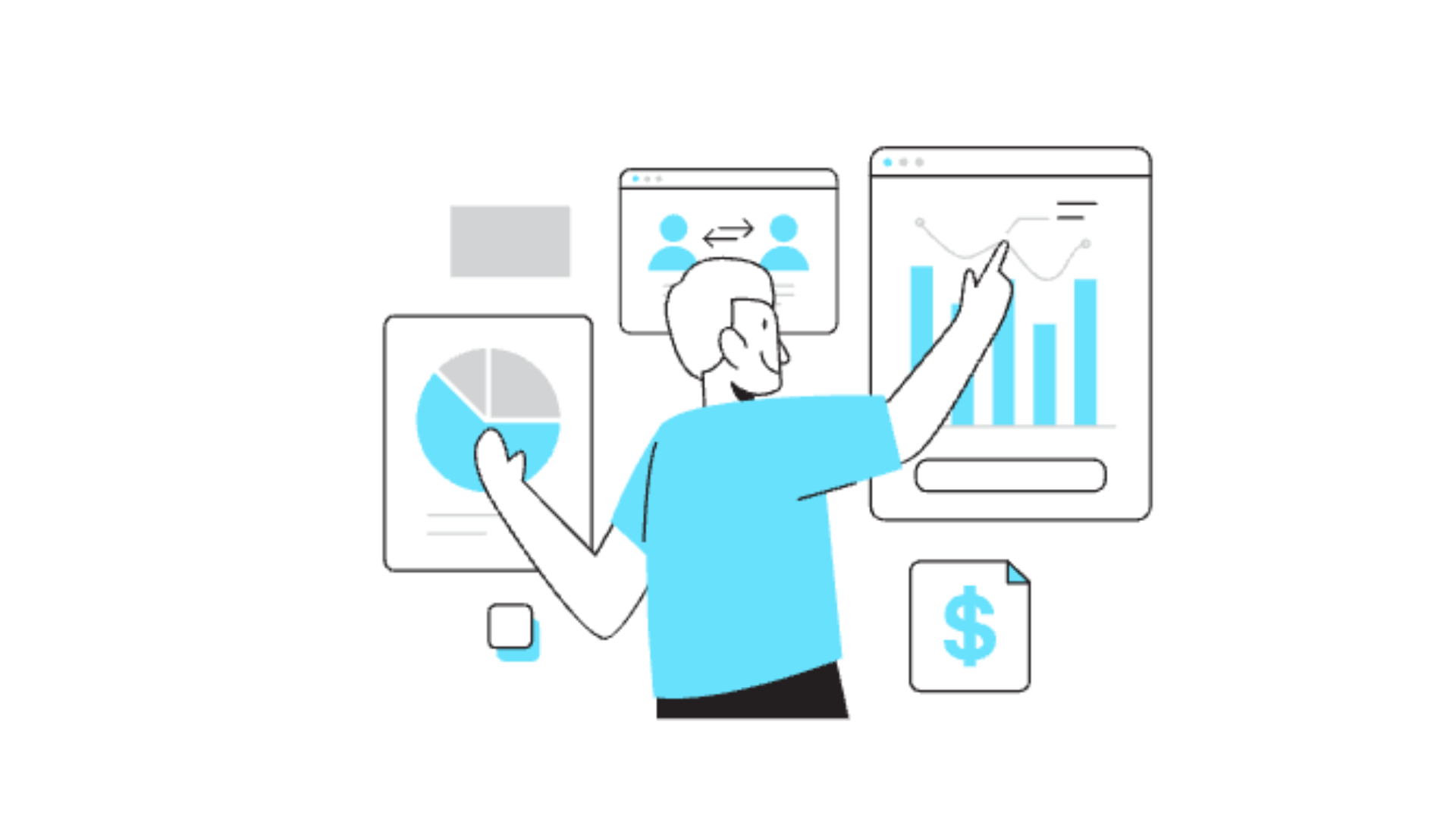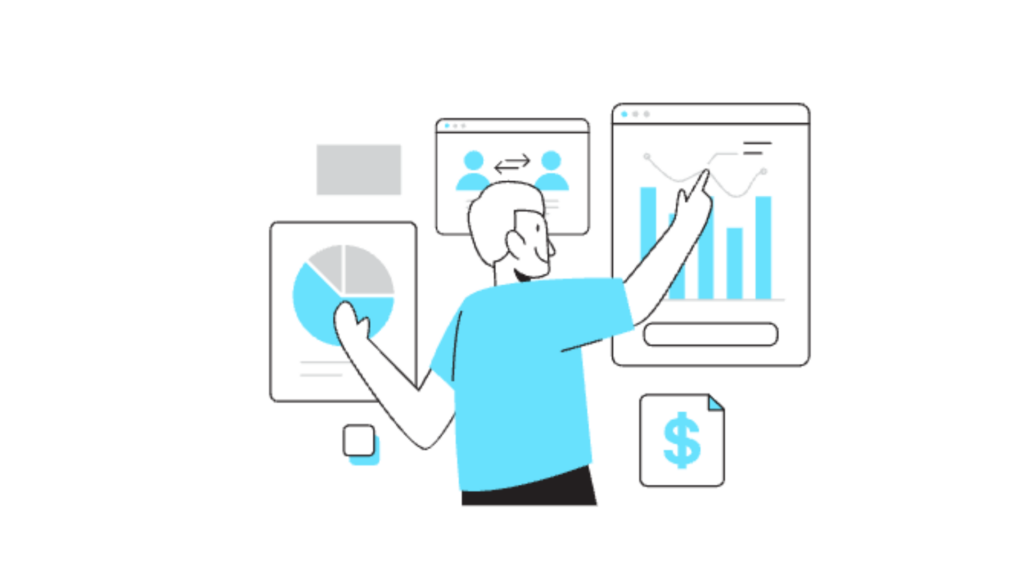Marketing Phases: Implementing Key Stages for Success

The journey from an idea to a successful marketing campaign involves several “marketing phases” that help structure and refine your approach. Each phase represents a critical step in developing, executing, and evaluating a marketing strategy. By following these phases, marketers can ensure they’re on track to meet goals and connect meaningfully with their audience. In this article, we’ll break down each of the main marketing phases, offering practical insights and best practices for each stage.
Introduction to Marketing Phases
“Marketing phases” represent the sequence of actions marketers take from planning to execution and analysis. They provide structure, enabling marketers to address each element necessary for a campaign’s success.
The typical marketing phases include:
- Market Research and Analysis
- Planning and Strategy Development
- Execution and Implementation
- Evaluation and Optimization
Each phase plays an essential role in delivering an effective marketing campaign, ensuring that every element aligns with brand goals and resonates with the target audience.
For more detailed insights into goal alignment in campaigns, read our guide on how to write effective marketing objectives.
Phase 1: Market Research and Analysis
In the first of the marketing phases, Market Research and Analysis, you gather crucial information about the target audience, competitors, and overall market landscape. This phase provides the foundation for the rest of the campaign, helping ensure that every step aligns with what the market needs and expects.
Key Activities in the Market Research Phase
- Audience Segmentation: Divide the audience based on demographics, behavior, or other relevant factors.
- Competitor Analysis: Identify what competitors are doing, noting strengths, weaknesses, and areas where you can differentiate.
- Trend Analysis: Examine current market trends to stay relevant and capitalize on timely opportunities.
By understanding these elements, you can create a strategy that targets the right people, in the right way, at the right time. Market research tools, surveys, and data analytics can all play a part in effective research. For more on audience insights, visit our guide on crafting a marketing planner.
Phase 2: Planning and Strategy Development
Once market research is complete, the next step in the marketing phases is Planning and Strategy Development. This phase involves setting objectives, selecting channels, and creating a roadmap to achieve the campaign’s goals.
Essential Elements of Planning and Strategy Development
- Defining Objectives: Clearly outline what you want to achieve, such as increasing brand awareness, generating leads, or driving conversions.
- Selecting Channels: Choose the platforms and channels (social media, email, SEO, etc.) where your audience is most active.
- Budgeting: Allocate resources based on the priority and potential ROI of each tactic within the strategy.
- Timeline Creation: Set specific deadlines and milestones to keep the campaign on track.
A well-thought-out plan helps marketers stay organized, allocate resources effectively, and maximize the impact of each dollar spent. If you’re looking to enhance your strategic planning skills, check out our article on creating successful marketing and branding strategies.
Phase 3: Execution and Implementation
Now comes the action phase of the marketing phases — Execution and Implementation. In this stage, marketers take the strategies developed in the planning phase and put them into action.
Tips for Effective Execution and Implementation
- Maintain Consistent Branding: Ensure all messages align with the brand’s tone, style, and objectives.
- Engage with the Audience: Use social media interactions, email responses, and other methods to connect with your audience and make them feel valued.
- Optimize on the Go: As the campaign unfolds, assess engagement rates, conversion rates, and other metrics to adjust strategies where needed.
This phase brings the strategy to life, allowing marketers to see firsthand how well their plan connects with the audience. Consistency and engagement are crucial to creating a memorable experience for the customer. For insights on brand engagement, explore our article on creating a brand through social media.
Phase 4: Evaluation and Optimization
In the final of the marketing phases, Evaluation and Optimization, marketers analyze results and adjust the campaign as necessary to improve performance. This stage helps determine the campaign’s success and provides insights for future initiatives.
Steps for Effective Evaluation and Optimization
- Review Metrics: Key performance indicators (KPIs) like conversion rates, click-through rates, and ROI offer insights into the campaign’s effectiveness.
- Gather Feedback: Collecting feedback from both the audience and the internal team can help identify strengths and areas for improvement.
- Make Adjustments: Based on the findings, marketers should refine their tactics, making adjustments to enhance engagement and optimize ROI.
Evaluating campaign results allows marketers to understand what worked, what didn’t, and what can be improved in future campaigns. If you’d like to learn more about campaign evaluation methods, our article on content marketing planning offers practical insights.
Best Practices for Navigating Marketing Phases
A successful campaign involves navigating each marketing phase with intentionality and purpose. Here are some best practices to help you make the most of each stage:
- Stay Data-Driven: Use analytics at every phase to inform your decisions, from research to optimization.
- Remain Adaptable: Flexibility is crucial in a changing market. Be ready to pivot if new data suggests a better approach.
- Prioritize Consistency: Consistent branding across all touchpoints reinforces your message and builds trust with your audience.
- Engage in Feedback Loops: Regular check-ins with your team and clients help ensure that every phase aligns with campaign goals.
- Document Learnings: Keeping a record of insights, successes, and challenges creates a knowledge base for future campaigns.
For more on maintaining consistency across channels, see our article on crafting the perfect brand message.
Common Mistakes in Marketing Phases
While following marketing phases helps maintain structure, marketers may face pitfalls. Here are some common mistakes to avoid:
- Skipping Market Research: Failing to research the market thoroughly can lead to a campaign that doesn’t resonate.
- Undefined Objectives: Without specific goals, it’s challenging to measure success or make meaningful adjustments.
- Lack of Audience Engagement: Ignoring interactions and feedback can weaken customer relationships.
- Ignoring Metrics: Metrics provide invaluable insights, so neglecting them limits your understanding of the campaign’s effectiveness.
Our article on improving marketing strategies offers further insights into avoiding these mistakes and implementing best practices.
Future Trends in Marketing Phases
As marketing evolves, so do the marketing phases. Here are some trends shaping the future of marketing phases and campaign management:
1. AI and Automation in Research and Strategy
Artificial intelligence and automation streamline data gathering, making it easier to identify audience trends, behavior, and preferences. By leveraging AI-driven Minimum Viable Products (AI MVP), marketers and product teams can quickly test ideas and validate assumptions based on real user data. This trend allows marketers to focus on developing creative strategies that align with these insights.
2. Hyper-Personalization in Execution
Hyper-personalization takes segmentation to the next level, delivering custom messages based on user behavior, interests, and interactions. This trend enhances the execution phase by making campaigns more relevant to individual users.
3. Real-Time Optimization and Adaptation
With real-time data, marketers can make instant changes during the evaluation phase, optimizing campaigns while they’re still active. This ability enables quicker responses to audience needs and improves the overall success of a campaign.
Pros and Cons of a Structured Approach to Marketing Phases
Implementing a structured approach to marketing phases has clear benefits, but there are also challenges to consider. Here’s a breakdown of the pros and cons:
| Pros | Cons |
|---|---|
| Provides a clear roadmap for campaign success | Can be time-consuming |
| Enhances collaboration and communication | Requires detailed data tracking and analysis |
| Enables measurement and accountability | Needs flexibility to adapt as needed |
| Improves resource allocation and budgeting | May limit creativity if too rigid |
Conclusion: Mastering Marketing Phases for Success
Navigating the marketing phases effectively helps companies build impactful campaigns that resonate with audiences and drive results. By breaking the process into structured stages, marketers gain greater clarity and control over each aspect, from research to optimization.
Embracing a phased approach brings numerous benefits, including improved resource management, enhanced audience engagement, and better overall performance. For brands ready to leverage marketing phases, the journey toward streamlined, successful campaigns awaits. Check out our article on marketing planning essentials to dive deeper into campaign planning and strategy development.
By following these marketing phases and best practices, brands can consistently deliver effective campaigns that drive results and strengthen their market presence.



